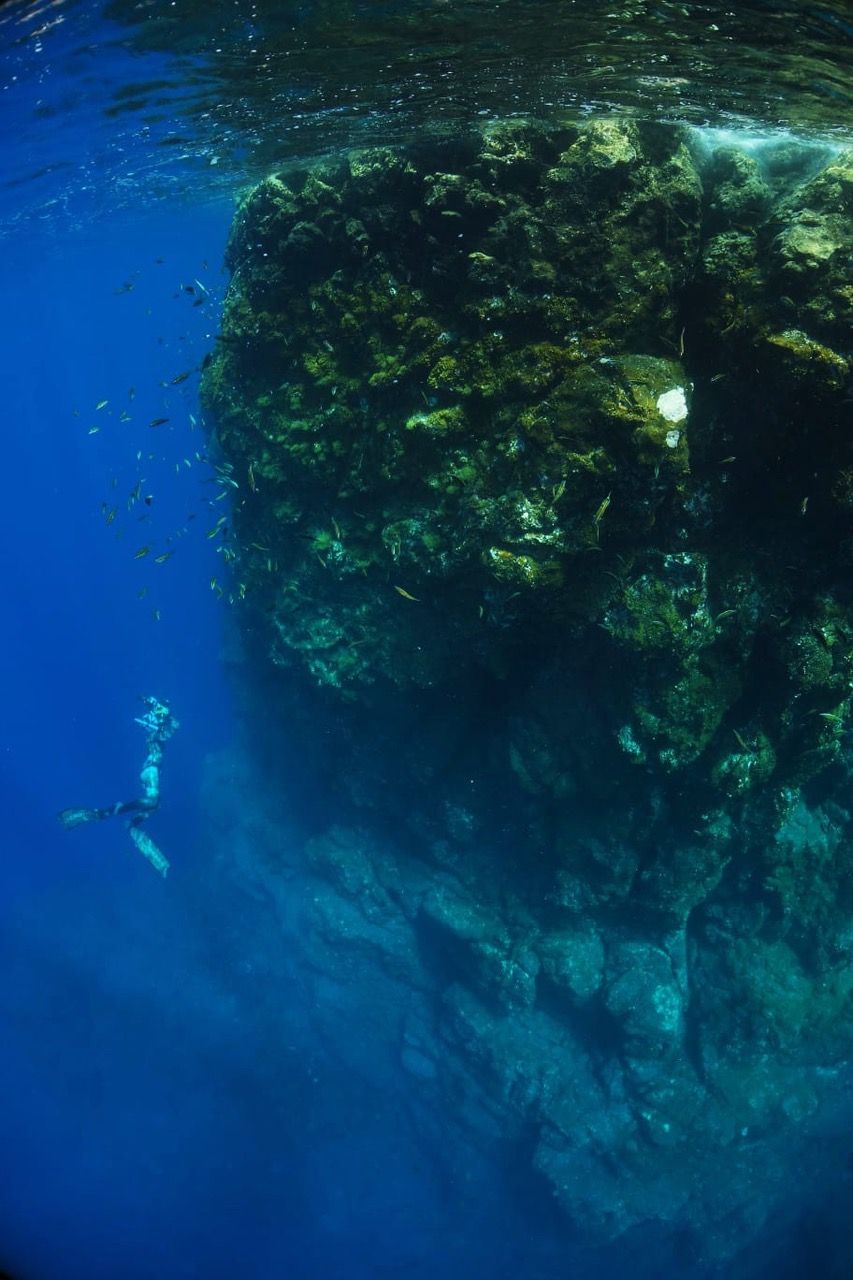If this proposal goes ahead, together with that of Guguy, which is under study, it would bring the number of national parks in the Canary Islands to six
The ECOAQUA institute of the University of Las Palmas de Gran Canaria (ULPGC) has expressed its support for the proposal to create the first national marine park in Spain, recently published by the Ministry of Ecological Transition and Demographic Challenge (MITECO).
According to Ricardo Haroun, director of the ULPGC institute, the proposal put forward by the Autonomous Body of National Parks, a specific unit of the MITECO, ‘is based on numerous data that show the high value of the natural heritage that exists in the marine area in question’.
This new area would be added to the 16 existing national parks throughout Spain, two of which are marine-terrestrial: the Cabrera Archipelago National Park and the Atlantic Islands National Park.
Following the proposal for the Mar de Las Calmas, an important step forward for marine conservation throughout the Canary Islands, progress will be made in the creation of the Guguy National Marine-Terrestrial Park in Gran Canaria, submitted to the Spanish State by the regional Government of the Canary Islands and which is still being processed, and in which ECOAQUA has played a leading role in the development of the scientific proposal.
 Veriles and shoals of fish (Photo courtesy of Snorkel El Hierro).
Veriles and shoals of fish (Photo courtesy of Snorkel El Hierro).
Its acceptance would bring to six the number of parks in the Canary Islands, which is already the Spanish region with the most national parks, with a total of four, followed by Andalusia with three, and in third place are Castilla-La Mancha and Castilla y León, with two each.
The fifth park of the Canary Islands will be in El Hierro
‘The importance of the creation of this park in El Hierro, which would be the fifth in the islands, is due to the fact that the Mar de las Calmas is home to unique marine species and habitats that deserve to form part of a conservation figure of such national and international importance,’ explains Haroun.
The director of ECOAQUA and member of the Biodiversity and Conservation research group (BIOCON) of the ULPGC research centre, especially highlights the resident populations of Blainville's and Cuvier's beaked whales, with an estimated 100 individuals, which make El Hierro one of the three places in the world, along with the Bahamas and Hawaii, where it is possible to observe these species all year round.
Waters around El Hierro can be catalogued as an important feeding and breeding area for both species, with observations both within the perimeter of the future national park and in the peripheral zone. Other species of cetaceans and migratory fish such as the whale shark (the largest fish in the sea at over 12 metres) and manta rays are also present in the waters of La Restinga, and are also an important attraction for ecotourism activities, especially for the diving centres located in La Restinga.
 Whale shark (Photo courtesy of Snorkel El Hierro).
Whale shark (Photo courtesy of Snorkel El Hierro).
On the other hand, the low incidence of professional fishing activities and the care with which traditional fishing activities are carried out on the island, especially by the Fishermen's Association of La Restinga, has allowed a balance to be established between the species of fish that make up the trophic chain in the shallows of the island. This has favoured, for example, the existence of photophilic algae communities at depths with little light penetration and also the scarce abundance of specimens of the sea urchin Diadema africanum, responsible on other islands for the impoverished seabed known as clay pits.
‘It should also be noted that the recent underwater eruption of the Tagoro volcano has caused, after a first stage of destruction of deep benthic habitats, the appearance of new volcanic substrates that are beginning to be colonised by benthic communities, such as volcanic emanation habitats, deep corals, sponges and other invertebrate tapestries that are forming a succession of great interest to science worldwide,’ says Fernando Tuya, professor at the ULPGC and director of the BIOCON group.

Horse mackerel (Photo courtesy of Snorkel El Hierro).
For all these reasons, the researchers of the ECOAQUA Institute consider that the proposal for a national park is a public recognition of both the rich marine biodiversity existing in the Mar de Las Calmas and the good work of the people of the island in the care and management of their valuable natural marine resources.
‘The new national park will allow progress to be made in scientific knowledge of marine communities in subtropical waters and in the development of more appropriate management measures to guarantee the survival of the numerous marine treasures that live in the waters of the island,’ they emphasise.


